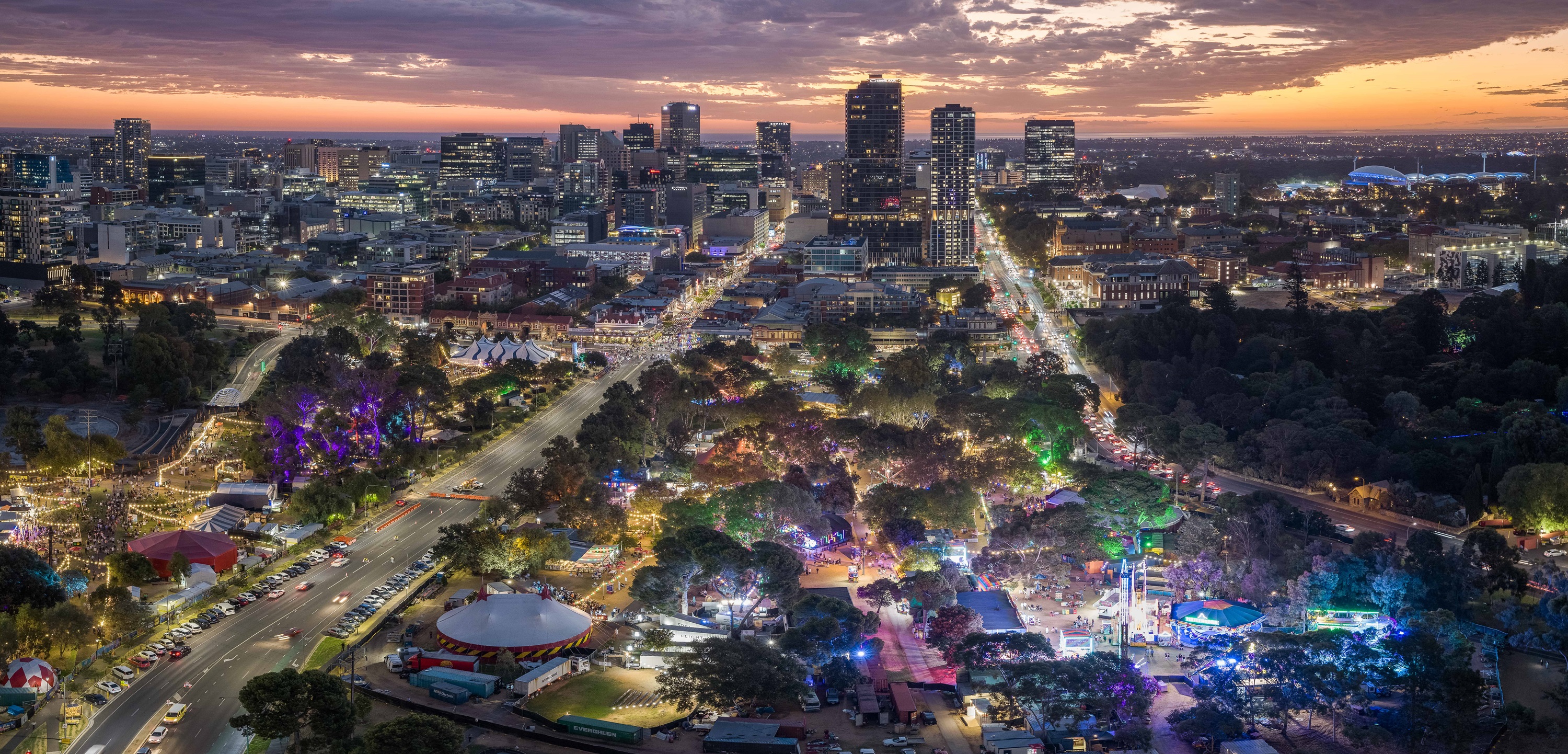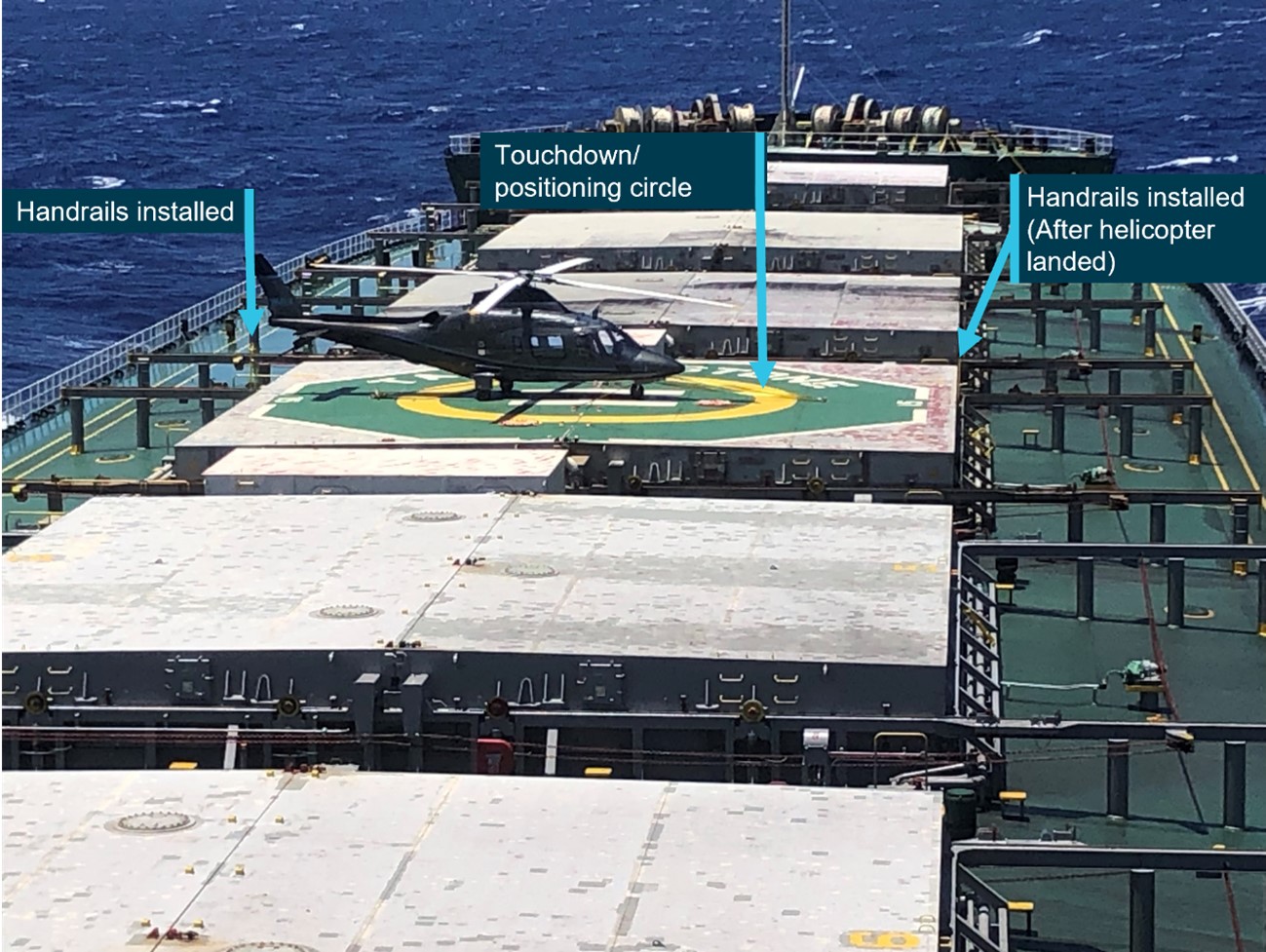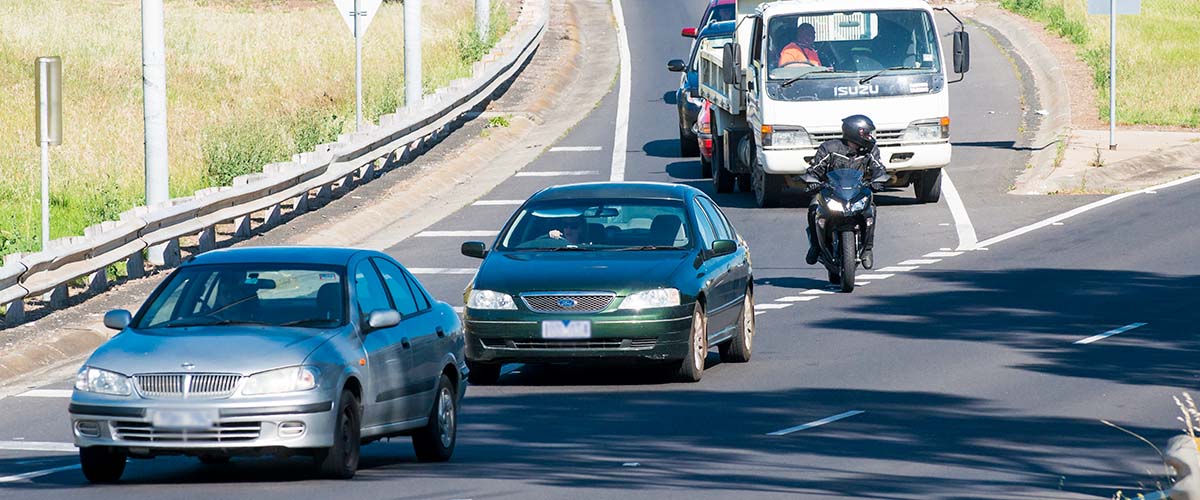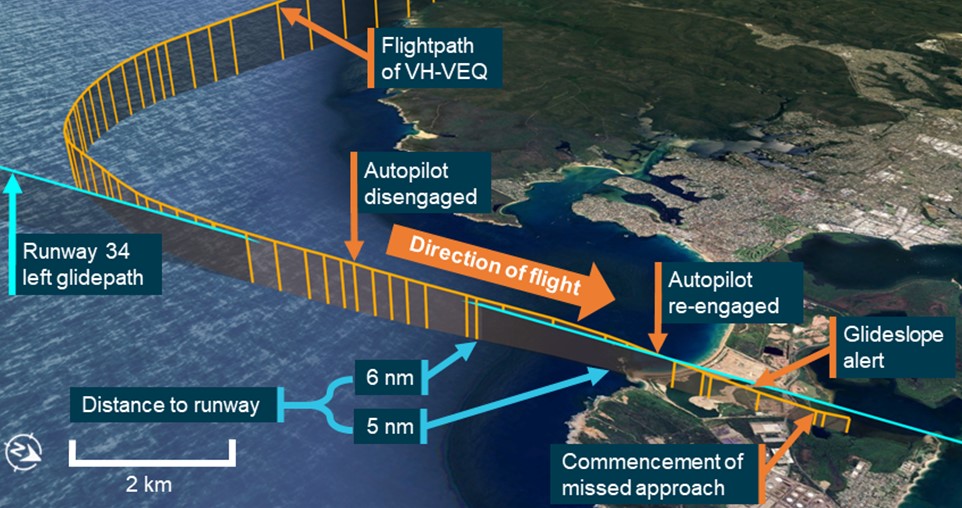Marine scientists gathered with Traditional Custodians on Woppaburra sea Country this week for an ambitious field event during the annual mass coral spawning on the Great Barrier Reef.
The expedition, led by the Australian Institute of Marine Science (AIMS), advanced understanding of how to help fast-track reef recovery and trained participants in coral aquaculture techniques to help them manage sea country in the future.
Over 40 people were involved in the event at North Keppel Island (also known as Konomie by the Woppaburra people) near Yeppoon.
The science team were based on a bespoke floating laboratory – a car barge turned into a science facility. The vessel holds research aquaria systems to support investigations on coral spawning and coral seeding.
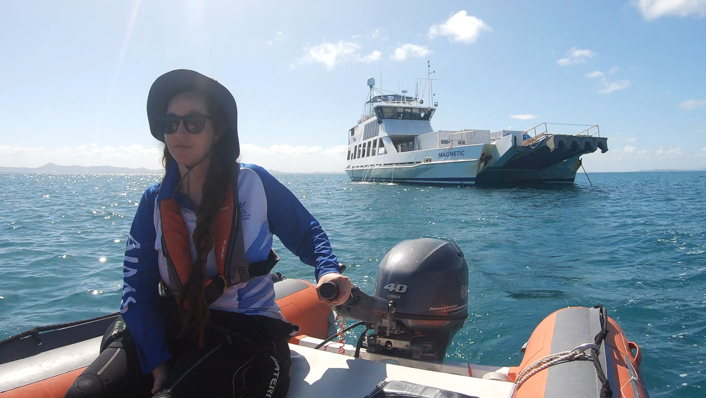
The on-sea Country spawning event is part of the Woppaburra Coral Project, a component within the Australian Coral Reef Resilience Initiative (ACRRI), a research partnership between AIMS and BHP.
Dr Carly Randall, AIMS ecologist and lead of the Woppaburra Coral Project said the expedition was an exciting step for both science and the empowerment of the local Traditional Custodians, who are building skills and capacity to help look after sea Country.
“Mass coral spawning happens just once a year in this region. It is a spectacular but narrow window of opportunity for coral reefs to recover after disturbances such as severe coral bleaching or cyclones,” Dr Randall said.
“We have been thrilled to work with the Woppaburra Traditional Custodians in this research this week. Coral seeding is a promising approach to help accelerate reef recovery both here on the Great Barrier Reef and around the world. The techniques we are researching and refining may one day, if needed, enable Traditional Custodians to look after their sea Country.”
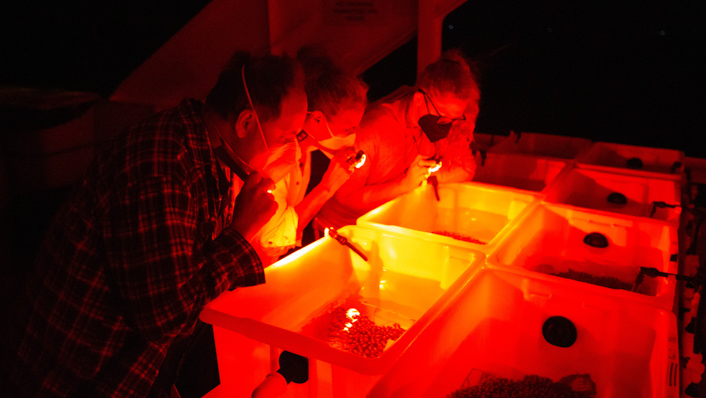
AIMS aquaculture assistant and Woppaburra woman Ms Jamiga Cummins returned to sea Country to be involved in the event as part of her aquaculture training, which she began last year as part of the Woppaburra Coral Project.
“This field trip was my first time on sea Country during coral spawning, assisting with the science and building knowledge with the Woppaburra people,” said Ms Cummins.
“Most of my training in husbandry and aquaculture has been based at AIMS’ National Sea Simulator. It’s been amazing to bring those skills and knowledge about this project to my sea Country and build on those as part of this innovative science.
“I’m proud to help connect my family with Country, the marine life, the coral spawning and the science through what I have learned so far.”
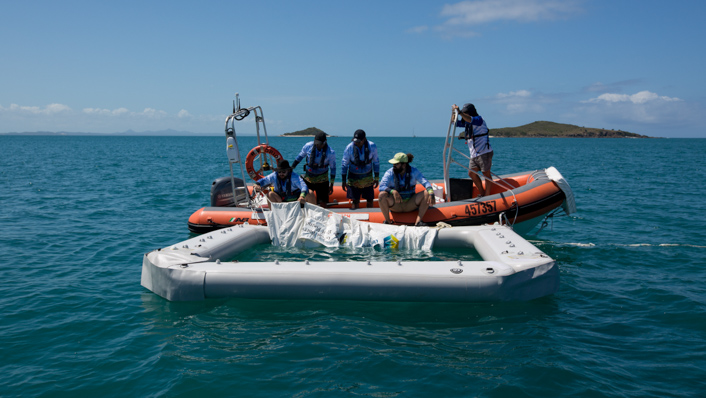
AIMS Indigenous Partnerships Co-ordinator and Woppaburra Elder Mr Bob Muir said the event will create a major shift for the young traditional custodian participants, by seeing there is a future in looking after country.
“Having Jamiga involved in the science and building her expertise, is inspiring to the next generation of young Woppaburra people,” said Mr Muir.
“They’ve never seen coral spawning before, but they have been out on boats after dark, learning boat skills, monitoring the growth and development of the young corals and involved in this whole operation.
“Their involvement builds capacity and gets them ‘skilled up’ – not just in the science, but in other jobs too.”
Anne Dekker, Vice President Environment BHP, and event participant said: “Not only do we see the value of investing in this science, but it’s also an investment in the regions, expected to contribute to the local economy and develop technical and research skills relevant to marine science and aquaculture.
“This partnership seeks to build meaningful relationships with the Traditional Owners where our collaboration with the Woppaburra Traditional Custodians contributes to better management of coastal ecosystems, weaving Indigenous ecological knowledge with western marine science.”
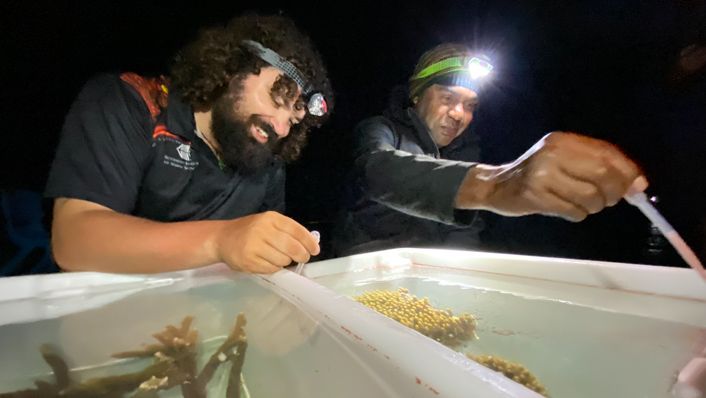
AIMS scientists and Woppaburra Traditional Custodians shared the opportunity with national and international science collaborators, and representatives from BHP.
This event was one of the largest science and knowledge-sharing field exercises hosted by AIMS in its 50-year history. Land base activities were also held at the Konomie Environmental Education Centre.


